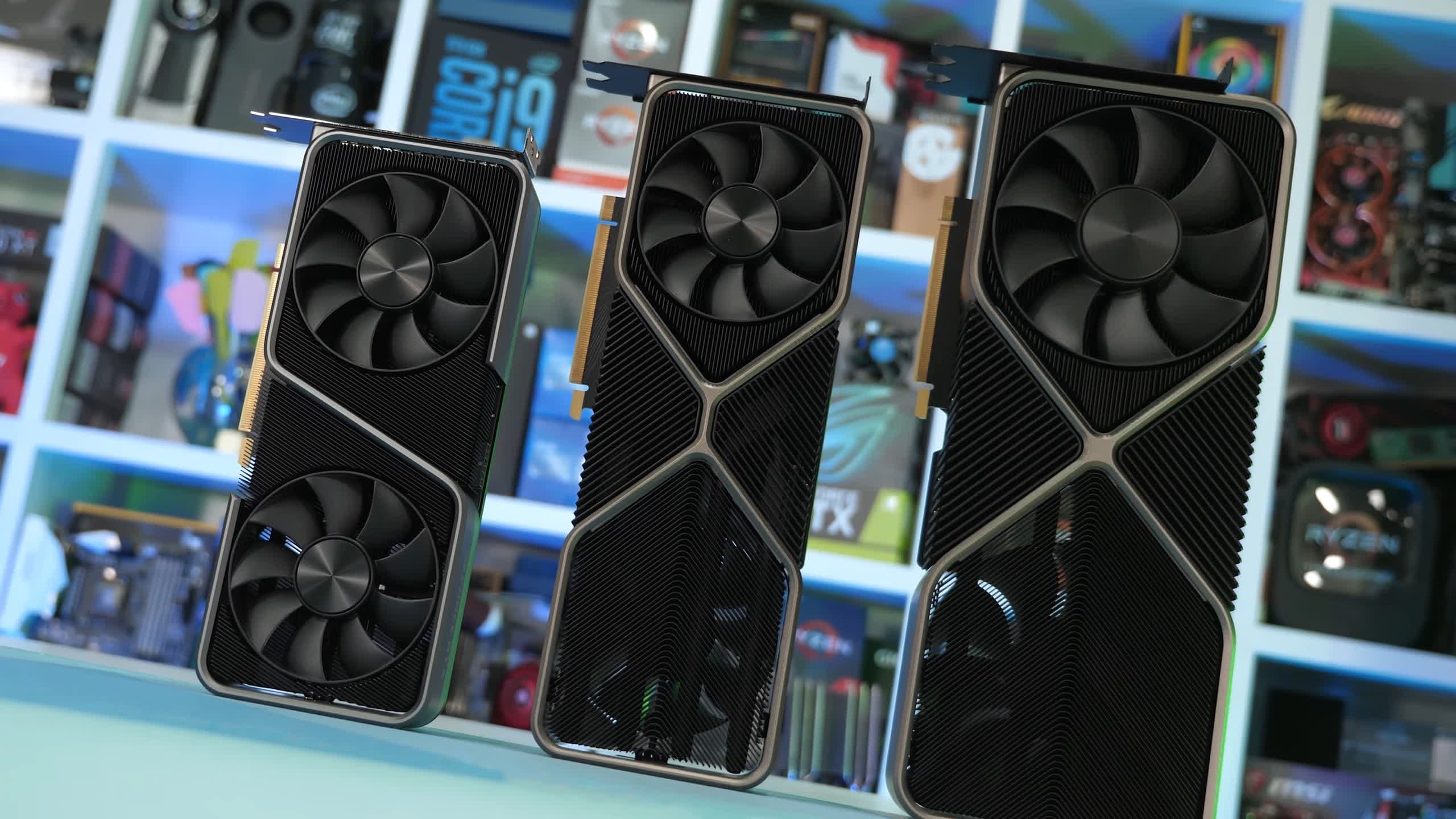What just happened? Valve’s Steam Survey for March has arrived. As finding graphics cards is now an almost impossible task outside of paying a fortune on eBay, there was not much movement in the GPU section. However, the product that had the most significant monthly growth was the RTX 3070, up 0.17%. Elsewhere, it was another excellent month for AMD, whose processors are now found on almost 30% of users’ PCs.
Steam research, which is optional among users, can give us a good idea of players’ hardware buying habits.
The GTX 1060 maintains its first GPU place since it dethroned the GTX 750 Ti in December 2017 – but its popularity has steadily declined since the beginning of the year. And it seems that some people are able to buy an RTX 3070. The Ampere offer had the highest monthly growth for an individual card – up to 0.17% – and is now in 17th position with a 1.29% share.

Interestingly, the GTX 1650 experienced the second biggest jump (0.15%), getting closer to the runner-up 1050 Ti. We learned today that Nvidia is increasing the supply of the GTX 1650 to the desktop market – we could be looking to the future competitor for first place in the survey?
All Ampere cards experienced increases in the past month: the RTX 3080 (0.08%), the RTX 3060 Ti (0.04%) and the RTX 3090 (0.03%). Still no signal from AMD’s Radeon RX 6000 series, however.
AMD can take comfort in the fact that its CPUs perform well. It continues to decrease Intel’s share, now reaching 29.97% of the participants’ computers. This marks an increase of almost 4% since the beginning of 2021.

The Oculus Quest remains the main VR headset with a 24.25% share, ahead of the Oculus Rift S (20.96%) and the Valve Index HMD (16.37%).
Finally, Windows 10 (64-bit) continues to march toward full dominance; its 0.37% increase means that the operating system is now found on 92% of PCs. 1920 x 1080 is still the most popular resolution by far (67.35%), and almost half of the participants use 16 GB of RAM.
